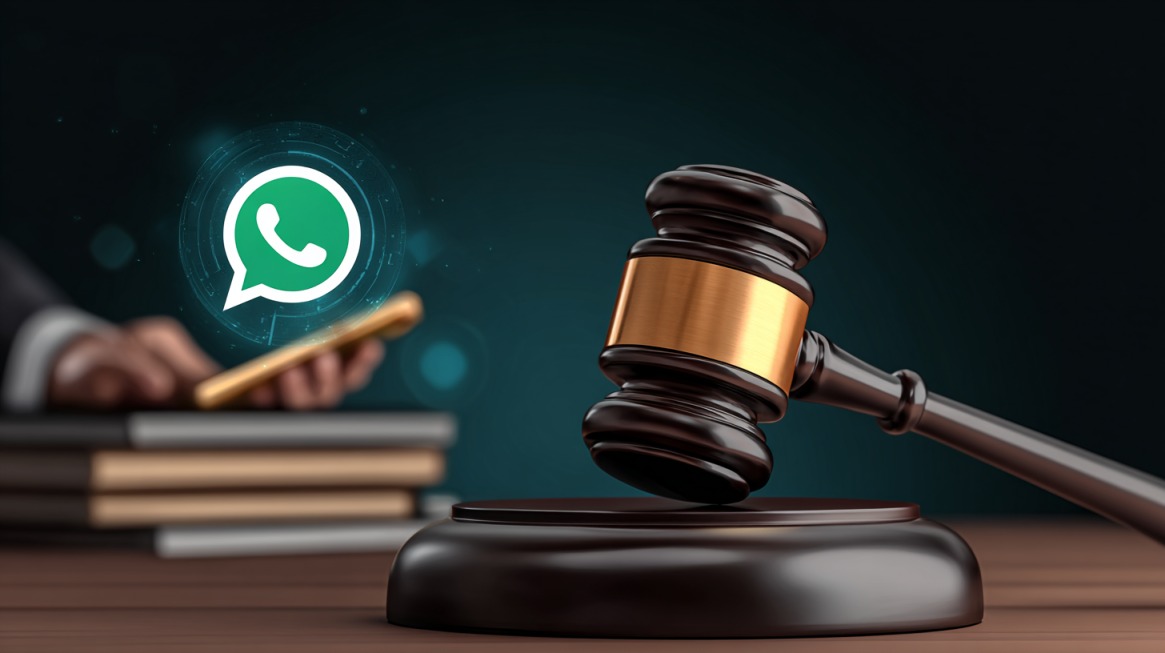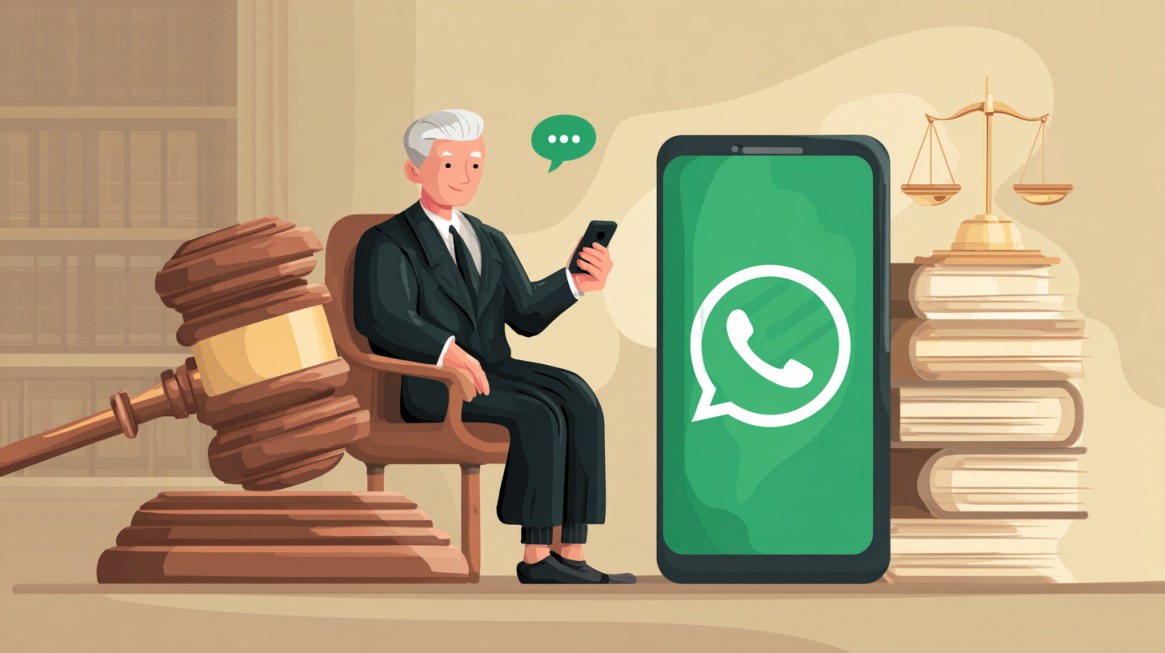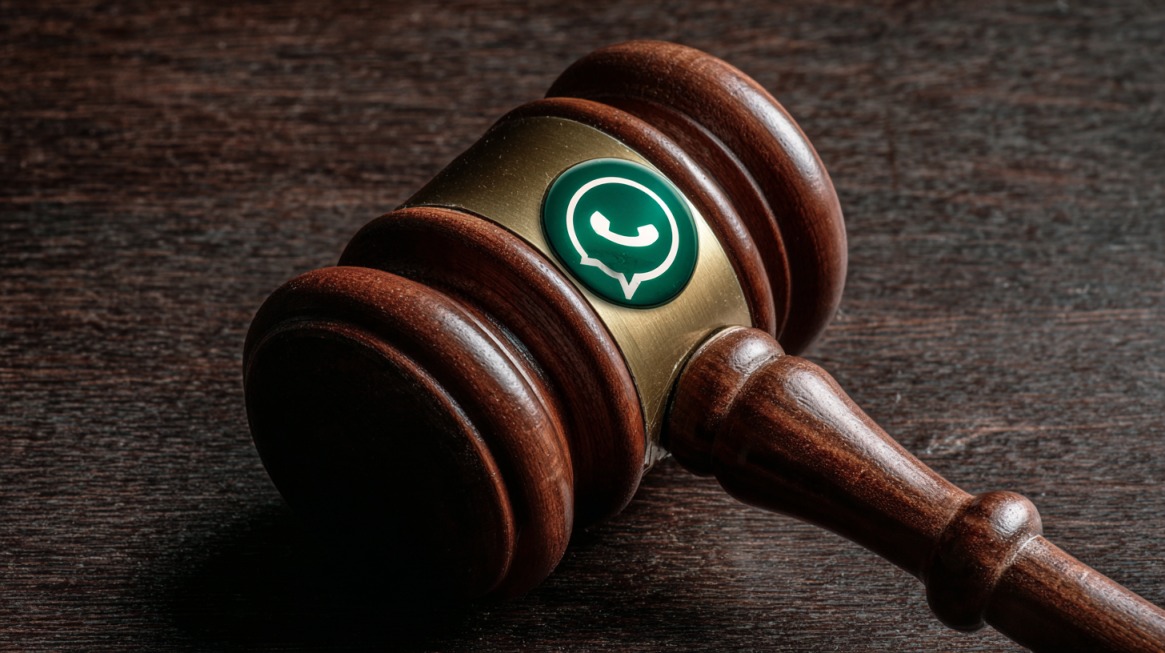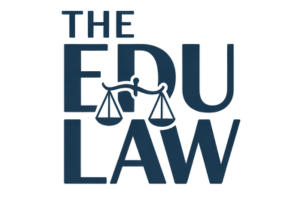WhatsApp has become one of the most dominant tools for communication in India, with billions of messages exchanged every day.
Courts are increasingly confronted with situations where conversations on the platform form a critical part of a case.
Lawyers, investigators, and litigants often depend on these chat records to prove or disprove claims in both civil and criminal matters.
A key legal challenge is determining if such messages are admissible in court and under what procedural conditions.
Legal Framework Governing Electronic Evidence in India

Rapid digitization of communication has prompted Indian courts to adapt their evidentiary rules to handle electronic records.
WhatsApp chats, as a frequently produced form of evidence, fall under a structured legal framework that ensures authenticity and reliability before admission in legal proceedings.
- The Indian Evidence Act, 1872
- The Information Technology Act, 2000
Judicial decisions have further refined how these laws are applied in practice.
Indian Evidence Act, 1872 – Section 65B
Section 65B forms the foundation for admitting electronic records in court.
Its provisions dictate that an electronic record can only be admissible if accompanied by a certificate detailing the manner of production, device specifications, and a declaration confirming authenticity.
This is mandatory unless the original device is physically produced in court.
- Primary evidence: Original device containing the WhatsApp messages, along with a valid Section 65B certificate.
- Secondary evidence: Screenshots, printouts, or forwarded messages, which require stricter scrutiny and are more vulnerable to challenges of authenticity.
- Such categorization ensures that the chain of custody is preserved and that the court can confidently rely on the presented material.
Information Technology Act, 2000
The Information Technology Act gives legal recognition to electronic records and digital signatures, treating them on par with physical documents.
It sets out conditions for verifying the integrity of digital records and validates their use in both civil and criminal matters.
Courts refer to its provisions when assessing WhatsApp messages, especially in determining if the data is free from manipulation and generated through lawful means.
Judicial Precedents Shaping WhatsApp Evidence

Judicial interpretation has been instrumental in determining how WhatsApp messages are treated in Indian courts.
Over the years, several landmark rulings have shaped the admissibility standards, evidentiary weight, and procedural requirements for electronic communication.
Below are some of the most influential rulings that illustrate how the judiciary approaches WhatsApp-based evidence.
Arjun Panditrao Khotkar v. Kailash Kushanrao Gorantyal (2020)
Supreme Court reinforced the mandatory nature of the Section 65B certificate when producing electronic records, unless the original device containing the messages is presented in court.
The judgment stressed that non-compliance with this requirement could result in outright rejection of the evidence, regardless of its potential relevance.
This case firmly established that procedural integrity is as important as the content of the messages themselves.
Shafhi Mohammad v. State of Himachal Pradesh (2018)
An earlier decision that briefly relaxed the requirement for a Section 65B certificate under certain circumstances.
It allowed the admission of electronic evidence without such certification when producing the device was impractical.
However, this approach was subsequently overturned by the Supreme Court in later rulings, reaffirming a stricter application of Section 65B and underscoring the importance of consistency in evidentiary rules.
Virendra Khanna v. State of Karnataka (2021)
The court issued clear guidelines on the lawful seizure and examination of electronic devices containing WhatsApp messages.
- Evidence collection must comply with due process and legal authorization.
- The mere presence of potentially incriminating chats does not amount to proof of guilt without corroborating evidence.
This decision placed equal weight on both the legality of obtaining the evidence and the necessity of supporting material to establish criminal liability.
Rakesh Kumar Singla v. Union of India (2021)
Bail was granted to the accused because the prosecution’s case relied exclusively on WhatsApp chats that were not accompanied by the required Section 65B certificate.
The court deemed the chats inadmissible, demonstrating that even seemingly damning electronic evidence cannot substitute for proper procedural compliance.
Collectively, these judgments convey a consistent message: WhatsApp evidence can be impactful in court only when supported by correct certification, lawful acquisition, and corroborating proof. Procedural shortcuts or evidentiary gaps often lead to exclusion, regardless of the content’s significance.
Admissibility Conditions for WhatsApp Messages

Courts in India apply strict evidentiary rules before admitting WhatsApp messages into legal proceedings.
The objective is to ensure authenticity, prevent manipulation, and maintain the reliability of the evidence presented. Several interconnected requirements govern admissibility.
Section 65B Certificate Requirements
Section 65B of the Indian Evidence Act sets the procedural backbone for admitting digital records, including WhatsApp chats.
Courts often reject evidence lacking such certification unless the original device is brought before them.
- Identification of the device or medium containing the data.
- Statement detailing the process through which the copy was produced.
- Confirmation of the operational condition of the device at the time of recording.
- Declaration that the information remains unaltered and authentic.
Primary vs. Secondary WhatsApp Evidence
Evidence is categorized to distinguish between original device-generated data and reproduced or forwarded material.
Primary evidence refers to chat data extracted directly from the device where the conversation took place, supported by a valid certificate.
Secondary evidence includes screenshots, printed copies, or forwarded messages, which are inherently more vulnerable to challenges of authenticity.
- Supporting metadata that verifies the time and origin of the messages.
- Consistent timestamps matching other records in the case.
- Procedural safeguards ensuring the material was not altered after extraction.
Chain of Custody and Metadata
A documented chain of custody is essential for preserving the credibility of WhatsApp evidence.
Courts expect a clear record showing how the evidence moved from the device to the courtroom, with each stage documented to rule out interference or tampering.
- Names and roles of individuals who handled the device or data.
- Dates and times marking every transfer or examination.
- Digital identifiers such as hash values to confirm data integrity.
- Sender and receiver identification supported by technical verification.
How Indian Courts Use WhatsApp Evidence in Practice

WhatsApp messages are presented across a wide range of disputes in India. Their value depends on meeting procedural standards and proving that they are both genuine and relevant to the case.
Criminal Trials
Courts have admitted WhatsApp messages to establish threats, conspiracy planning, and admissions of guilt.
In some cases, chats have helped trace communication between accused parties and connect them to the alleged crime.
Civil and Commercial Disputes
Businesses frequently use WhatsApp for negotiations, payment confirmations, and contract formation.
Such messages have been accepted to demonstrate agreements or breaches in commercial litigation.
Family and Matrimonial Matters
Chats can reveal evidence of cruelty, marital infidelity, or intent to separate.
Courts have used these records to support divorce petitions and domestic violence claims.
Employment Disputes
Employers and employees have relied on WhatsApp messages to prove resignations, misconduct, or policy violations.
Properly certified chat logs have influenced judgments in wrongful termination cases.
Challenges in Using WhatsApp Messages as Evidence

While WhatsApp messages have become an important source of information in Indian courts, their admissibility and reliability often face multiple challenges.
These issues stem from the technical nature of digital communication, privacy considerations, and legal procedural requirements.
Forgery and Manipulation Risks
Digital messages can be altered with relative ease using editing tools or by creating fake screenshots.
Cloned applications can mimic the interface of WhatsApp, allowing fabricated chats to appear authentic. Deleted messages may also create gaps that cast doubt on the overall conversation.
Courts are aware of these risks and often require forensic analysis to validate the originality of the evidence.
- Inconsistencies in timestamps or message formatting.
- Differences between displayed sender names and registered phone numbers.
- Lack of matching metadata between the message and the device log.
Attribution and Authorship Issues
Possession of a phone or SIM card does not automatically prove that the owner authored or sent a particular message.
Shared devices, multiple users accessing the same account, or hacked accounts can make attribution uncertain.
Courts need additional corroboration, such as eyewitness testimony or linked evidence, to confirm that the person accused of sending the message actually did so.
Legality of Evidence Collection
Even when a WhatsApp chat contains highly relevant information, it must be obtained through lawful means.
Courts have rejected evidence that was collected through hacking, unauthorized access, or breach of consent.
Law enforcement agencies generally require a search warrant or judicial order before seizing and examining electronic devices.
- Existence of proper judicial authorization before data seizure.
- Compliance with procedural safeguards for digital forensics.
- Maintenance of an unbroken chain of custody to prevent claims of tampering.
Summary
WhatsApp messages can influence legal outcomes when collected and presented in compliance with statutory requirements.
Lawyers and litigants who ensure proper certification and preservation of digital records improve their prospects in both criminal and civil proceedings.

